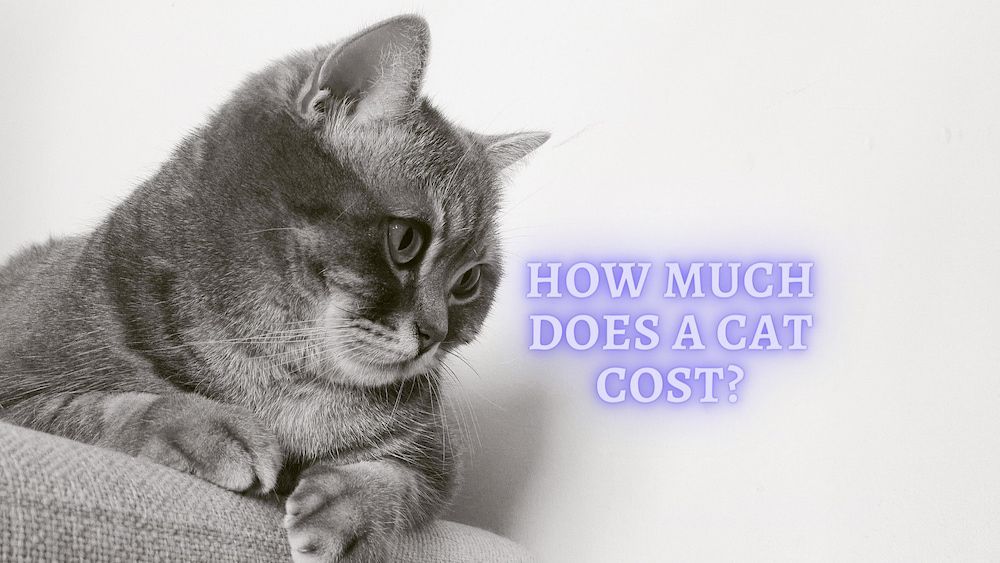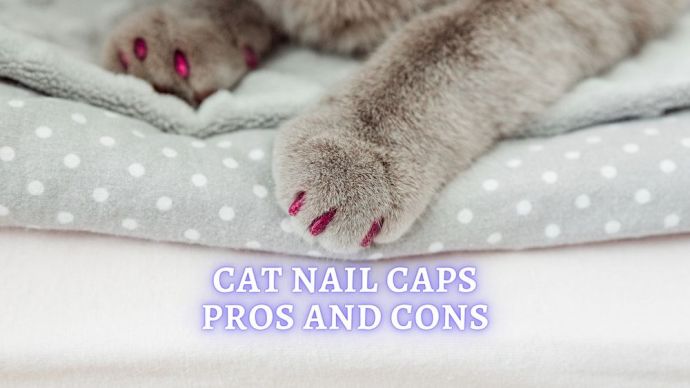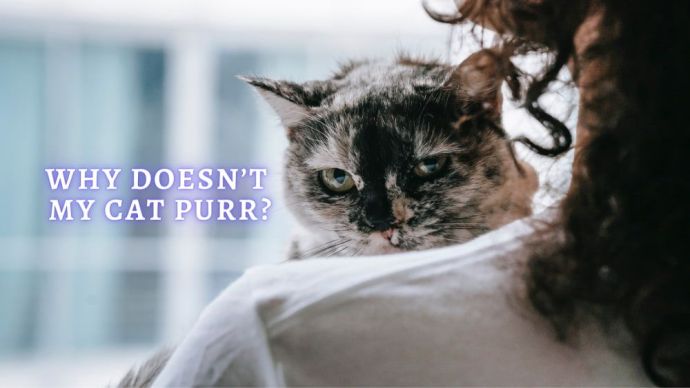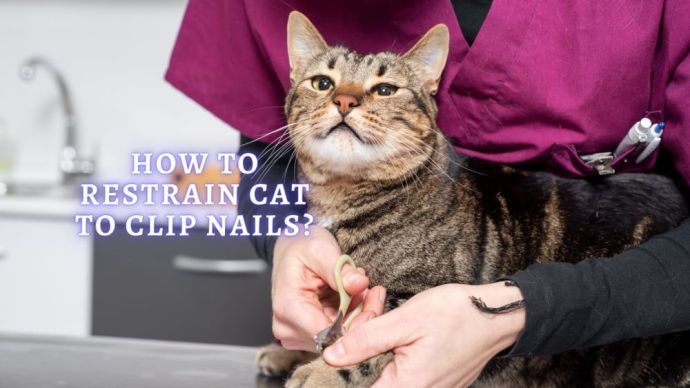How much does it cost to have a Cat?
Written by:
Author: Scott Jeffrey
Scott is a professional blogger with 12+ years of experience in writing, and holds an MA in anthropology. He has two cats as housemates. Also, Scott is passionate to research on pet-related topics such as dog training, puppy feeding, and cat health.
View all 63 articlesLearn about our editorial process and veterinary review board.
Viewed: 124
Updated on: 06/25/2021
We have all heard of the term, a pet is for life, not just for Christmas. Therefore, it is important to understand precisely what you are taking on before you actually welcome a cat into your home. This means grasping an understanding of the time it takes to train a kitten, the money it takes to take care of a cat, and the long-term commitment of looking after a pet. Luckily for you, we have compiled this helpful guide to highlight exactly how much the average person spends on pet care.
What are the different Costs related to looking after a Cat?
There are a number of different costs related to car care that extend way beyond food and litter trays. It can often be helpful to have a good idea of everything you need to buy before even adopting the cat in question. That way you have everything in place for when the pet first arrives at the home. Your essential cat shopping list should include:
- Food
- Bed
- Litter tray
- Litter
- Microchip
- Vaccinations
- Scratching post
- Toys
- Cat flap
- Grooming kit
- Carrier
- Flea treatment
- Health check
- Pet insurance
- Food bowl
- Water bowl
- Treats
Read more: What Vaccines do indoor Cats need yearly
How much do cats cost over a lifetime?
Depending on the breed of cat, most live between 12 and 18 years, making them a long-term commitment. Believe it or not, over this time, it can cost between $15,000 and $30,000 to pay for things like cat food, cat accessories, and veterinary care. While many people see pets as an inexpensive pet choice, the fees certainly stack up over the years, so you should ensure that you are serious before adopting/purchasing one.
READ MORE: Best Cat Nail Clippers
How much does it Cost to care for a Cat per year?
When it comes to working out your yearly cat-related bills, you should consider every aspect of your feline friend’s health. This means not only food and cat litter, but also toys, treatments, beds, and more. When budgeting for these yearly costs, follow these estimates:
Average first-year costs:
- Adoption –$200
- Vaccines and care –$550
- Flea and tick prevention treatment – $200
- Cat food – Between $500
- Treats – $100
- Bowls – $30
- Litter box – $200
- Litter – $150
- Cat bed – $100
- Carrier $75
- Toys – $50
Repeat yearly costs:
- Vaccines and care –$550
- Flea and tick prevention treatment – $200
- Vaccines – $250-$500
- Cat food – around $500
- Treats – $100
- Litter box – $100
- Litter – $150
- Toys – $50
What are the Other Costs there with Owning a Cat?
While many cat-related costs can be budgeted and accounted for ahead of time, there are a few extra fees that may sneak up on you. Therefore, you should be willing and able to pay these fees should they appear when you welcome the cat into your home. The most common unexpected fees include:
- Emergency vets. Even the healthiest of cats may need emergency care from time to time. Fingers crossed, you will never have to shell out for this kind of treatment, but it does happen. Whether it be an illness, disease, or physical harm, veterinary bills can often stack up. These often range from between $300 all the way up to $1000 and over. As such, it may be wise to invest in pet insurance in order to soften the blow if you are ever hit with emergency vet fees. Read more about Cat Emergency Kit
- Pet sitting. Taking care of an animal like a cat should not stop you from enjoying yourself and taking the family on holiday. However, you will need to find someone to feed and take care of your feline friend while you are away. Some people prefer to pay a friendly face that their cat already knows to pop in and feed them, or perhaps house sit for a week or two. Others pay to put their car into a professional boarding/kennel service.
- Professional grooming. The vast majority of cats are fully capable of looking after themselves when it comes to grooming. However, others sometimes need a little helping hand, depending on their breed, age, and personality. If your cat needs professional grooming, it can often set you back upwards of $300 per year.
How can I make savings on my Cat Costs?
While cats can be expensive and there is often a lot to buy, there are some key ways you can look to save money on your pet care. As we mentioned above, the lifetime costs for a cat is often between $12,000 and $24,000, so let’s outline exactly how you can keep your total down more towards the former.
- Pet care – Veterinary fees are some of the most expensive outgoing cat-related costs. Therefore, in order to avoid health payments, it makes sense to keep your cat as healthy as possible. Paying more for healthy food, health check-ups, flea treatments, and vaccines may be costly in the short-term, but it can prevent you from having to pay even more expensive vet fees in the long-term.
- Pet insurance – Vet fees are often going to turn up one way or another. Therefore, it can pay to be prepared and invest in pet insurance to ensure that you can always afford these fees without breaking the bank.
- Bulk – Purchasing food and litter in bulk can lead to some great savings in the long-term. If you have plenty of storage space in your home or garage, you can purchase food pouches/tins and large bags of kitty litter in bulk with great discounts. While this represents a large short-term payment, it also makes for big long-term savings.
- Buy to last – When buying long-term items like litter trays, water bowls, and beds, purchase products that last. You would rather buy a $20 water bowl that lasts five years than having to repeatedly buy a $10 bowl that only lasts a year. Buy smart and choose products that may well last a lifetime.
 Cat Veterinary Tips Skin Allergies in Cats: Causes, Symptoms, and Treatment (Vet Advice)
Cat Veterinary Tips Skin Allergies in Cats: Causes, Symptoms, and Treatment (Vet Advice) - 513
- 0
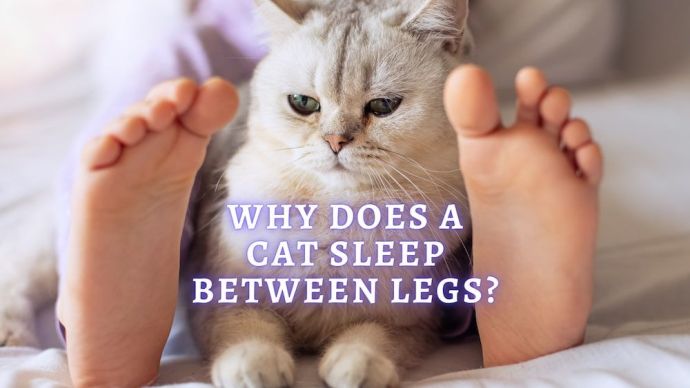 Cat Care Why Does My Cat Sleep Between My Legs? 7 Reasons Why Do Cats Sleep Between Legs
Cat Care Why Does My Cat Sleep Between My Legs? 7 Reasons Why Do Cats Sleep Between Legs - 179
- 0
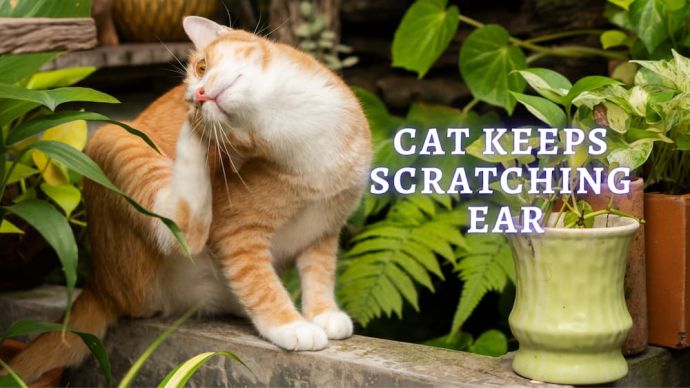 Cat Veterinary Tips Why is my Cat Scratching their Ears? (Veterinary Advice)
Cat Veterinary Tips Why is my Cat Scratching their Ears? (Veterinary Advice) - 1253
- 0
 Cat Care Why Does My Cat Attack My Legs? 10 Reasons Why and What To Do About It (Vet-Approved Advice)
Cat Care Why Does My Cat Attack My Legs? 10 Reasons Why and What To Do About It (Vet-Approved Advice) - 45568
- 21
 Cat Veterinary Tips Cat Stomach Gurgling: Vet Advice on Why is Your Cat Stomach Gurgling?
Cat Veterinary Tips Cat Stomach Gurgling: Vet Advice on Why is Your Cat Stomach Gurgling? - 35344
- 4
 Cat Veterinary Tips My Cat Lost its Voice: Can Cats get Laryngitis? (Vet Advice)
Cat Veterinary Tips My Cat Lost its Voice: Can Cats get Laryngitis? (Vet Advice) - 23247
- 13









